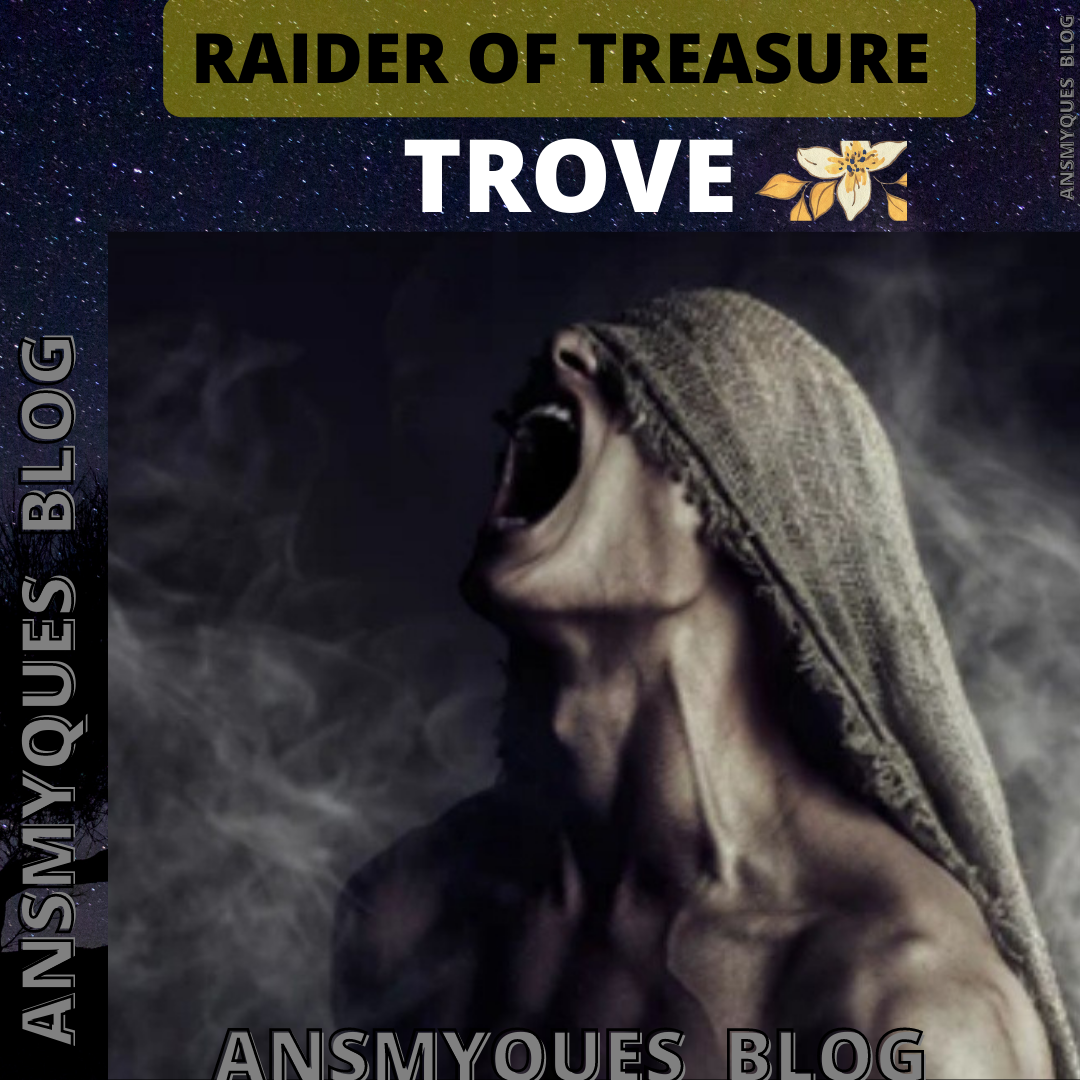The leader and the lead by Oumar Farouk full summary/analysis, theme, poetic devices
The Leader and the Lead
The lion stakes his claim
To the leadership of the pack
But the Antelopes remember
The ferocious pounce of his paws
The hyena says the crown is made for him
But the Impalas shudder at his lethal appetite
The Giraffe craves a place in the front
But his eyes are too far from the ground
10
When the Zebra says it’s his right to lead
The pack points to the duplicity of his stripes
The Elephant trudges into the power tussle
But its colleagues dread his tramping feet
The warthog is too ugly
The rhino too riotous
15
And the pack thrashes around,
Like a snake without a head
“Our need calls for a hybrid of habits,”
Proclaims the Forest Sage.
20
“A little bit of a Lion 4
A little bit of a lamb
Tough like a tiger, compassionate like a doe
Transparent like a river, mysterious like a lake
A leader who knows how to follow
Followers mindful of their right to lead”
Background
The poem is focused on leadership and followership in Africa, which is politically operating at the moment as in a jungle. The battle for leadership as of now is akin to the struggle for who leads among the animals as is the situation in the thicket. The animals project themselves on the basis of their strength and their sizes. Each of the animals shows itself and lays claims irrespective of whether or not they are known for prowess. Among humans this is what happens at each election time; some people have what it takes such as money, good education, good manifesto and good carriage with charisma, while others show up just for the sake of showing up. However, in this poem the poet suggests that what is needed is not just good leadership but also good followership. If we want to lead, we must learn how to follow. In other words, we need to cultivate two values, a mixture of which prepares us to lead or to follow.
Setting
The setting of the poem is the forest. It is where animals live and do their contestation of leadership. Prominent animals, known to be powerful, are recalled at various times during which they stake their claims to leadership: the lion, the hyena, the giraffe, zebra, elephant, warthog and rhino. References are made to snake, Forest Sage (tortoise) lamb, tiger and doe. These animals are not all known for their raw energy, some are gentle and calm or at least do not constitute a danger to others. For instance, the antelope, giraffe, zebra, Forest Sage (tortoise), the lamb and the doe, said to be “compassionate” (1.21). Such is their relationship that the advantaged which are more prominent are counteracted by the gentler animals for what they are. The Forest Sage (identified as the tortoise) is the middle-of-the-road voice which suggests “a little bit of the Lion” and “a little bit of the lamb’ (I. 19-20). At the physical level, the setting may be said to be Africa where there still exists confusion in leadership and disorderliness in her followership. There is as yet no settled or predictable manner of leaders taking their places. While some countries of Africa claim they have emerged as leaders by democratic means, their opponents contest their so-called victories at the polls, almost always. Often civilian regimes have been chased away by military men, and military men themselves have equally been sacked by fellow military adventurists. The followers are also confused as they have no settled and refined way of making or enlisting their choices. Often times, the led subscribe to a particular leadership based on where one comes from, one’s ethnic group or religion, not whether or not the contestant to leadership can do the job of leading others. This is the setting we are currently facing in the African leadership situation.
Subject Matter/Summary
The subject matter of “The Leader and the Led” is what is expected of those who lead and those who are led. It is a cooperative venture, rather than to be seen as the onus of those who lead or those who follow. A good leader must have been a good follower. The poet uses animal metaphors to depict the various behavioral traits which are relevant in leadership tussle or in power play.
Lines 1-6
Here the power tussle begins with the lion staking his claims to the leadership of “the pack.” It seems that the antelopes are conscious of the “pounce” of the lion’s “paws” and may not have acquiesced to the lion’s leadership. Similarly, the hyena, like the lion, lays claim to “the crown” as one who is supposed to lead others. However, the impalas, a gentler animal, is afraid of his “lethal appetite,” his consumptive ability.
Lines 7-10
Next is the giraffe. It is a tall animal with a long neck which it raises up or down. The poetic persona says that he (the giraffe) “craves a place in the front” which is another way of saying that he aspires to leadership. However, his disqualification stems from his eyes being “too far from the ground” In other words, it is suspected that if he is given leadership he may not look down to know what is happening at the lower echelon of animal lite. The zebra’s claim to leadership is couniered by the mature of high, stripes which the animals can hardly understand.
Lines 11-24
leadership is neither a question of ferocity, huge appetite nor about looking above others nor about weight g
heaviness. What is expected or what is recommended by the forest sage is “a little bit of a lion/a little
bit of a lamb;” toughness of a tiger and the softness of a doe just as there is a need for the transparency
of a river and the mysteriousness of the docile, slow-moving lake. A leader is he or she who knows
what it is to follow just as a follower knows that he or she could be asked to lead at short notice.
Themes
1. Leadership
Every group needs a leader or leaders. In the poem, the group is made up of animals. The poetic persona introduces us to a number of animal-leaders: lion, hyena, giraffe, zebra, elephant, warthog, rhino, etc. Each has a weak point as a leader. The lion has the drawback of his “pounce of paws”; the giraffe is not down-to-earth, it always looks up; the zebra has a stripe model on his body which the animals do not clearly understand; the elephant is all too heavy and weighty and frightful as he trundles about; the warthog is ugly-faced and awful in look; while the rhino is not easy to control. None of these characteristics can support leadership potentials. Leadership demands a bit of the lion outlook and a bit of the lamb-like character. That is why the poet-protagonist says that leadership “calls for a hybrid of
habits.”
2. Followership
The second theme is a follow-up to the first theme. That is, leadership evokes followership. A good leader must have good followers to succeed. With respect to the poem, there is a critical followership which is why each animal that thrusts itself forward is assessed and its sad feature pointed out. It means that the animal followership is aware and conscious. As a result, the followership among the animals knows what it is looking for, led by the Forest Sage. The animal which is the Forest Sage is not known; it is not a human being because the proclamation of the Forest Sage is that “our need,” that is the need of the animals, not human need. It is the Forest Sage that recommends a “bit of a Lion/A.. bit of a lamb.” One suspects that the poet recommends to us as human beings a followership which should
look forward to leadership which is “tough like a tiger, compassionate like a doe.” Furthermore, a good leader ought to be a good follower while a good followership is one in which everyone is “mindful of their right to lead.” In other words, a follower may suddenly become a leader and vice-versa.
3. A criticism of African leadership and followership
The events of the poem are relevant to what happens in African leadership and followership. The Forest
Sage seems to be the poet himself whose recommendation is “a hybrid of habits.” The poet might have
felt that we are all too interested in politicians who possess the faulty features pointed out in the poem
In other words, we are advised not to overlook the antelopes, the impalas (which is of the antelope
family), the warthog, the lamb, the doe, etc. At the moment, Africa thrashes around for a leader or
leaders “like a snake without a head.” For now, Africa is “a pack” rather than an organized polity where
the leadership and followership are still in disarray. In all these modes of leaders, the animals that thrust
themselves up do so without nomination: the lion “stakes” his claim; the hyena “says” he wants the
crown; the giraffe “craves” for a place in the elephant using his weight “trudges into the power tussle.”
None relies on others nominating or recommending him or her.
Language and Style
1. Imagery
Osundare is known for his deployment of images in his poetry. The use of “stakes” in the very first line of the poem indicates there is a struggle for something. The antelopes which are easily frightened are the animals which are meant to “remember” the ferocious pounce” of the lion’s paws. The hyena “says”: the zebra also “says” etc. The actions of these assertive animals are recorded with appropriate images. The giraffe is said to “crave” while “the pack points to the duplicity” of the stripes on the zebra. The elephant, weighed down by his heaviness, “trudges into the power tussle.” As the followers -“the pack” – have no leadership, they thrash around “like a snake without a head.” All these recall images appropriate with their behavior or trait. While the rhino may be disqualified for leadership because of his riotous nature, the warthog would lose out on the basis of his ugliness.
2. Metaphor
The struggle for leadership among the animals is metaphorical. Words and expressions such as “pounce of the paws,” “the crown,” “lethal appetite,” “a place in front,” “eyes too far from the ground,” ‘the duplicity of his stripes,” “a lion,” “a lamb,” etc, are metaphors. For instance, “the pounce of the paws” refers to the raw energy to subdue or subjugate; “the crown” stands for headship; ” “a place in front” refers to a leadership position; “eyes…. too far from the ground” is a metaphor for being high-horsed, always looking up which evinces arrogance, etc. One suspects that the “Forest Sage” is the tortoise known in African folklore as standing for wisdom. Thus one locates some wisdom in the suggestion of “a hybrid of habits,” a middle-of-the-road approach.
3.Simile
Simile starts where metaphors stop. We are told that because “the pack” has no leader, it “thrashes around” just “like a snake without a head.” A snake without its head is quite rash and unmanageable. The leader the poetic persona recommends is one which is “tough like a tiger” and “compassionate like a doe.” Similarly, such a leader ought to be “transparent like a river” and “mysterious like a lake.
4. Personification
The lion is said to stake his “claim” as if he were a human being raising his/her hand to claim something.
The antelopes are said to “remember” while the impalas are said to “shudder.
Refences : BK’s Summary Literature for student
Comprehensive Literature text for SSCE
Exam Focus
Thanks for stopping by to get this from us, we’re delighted we could be of help, we’d like we see you around some other time.


